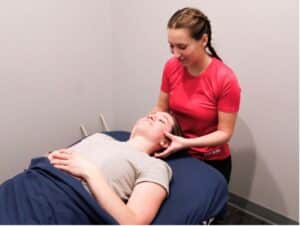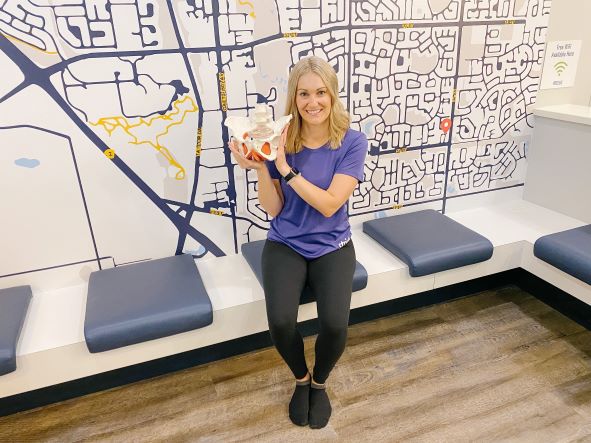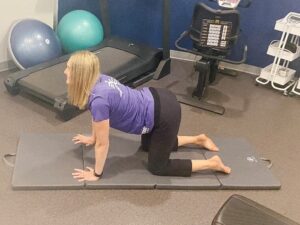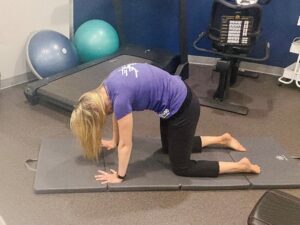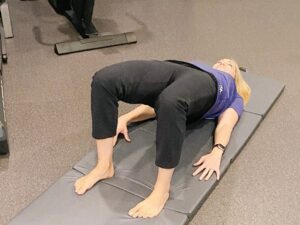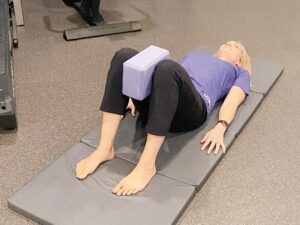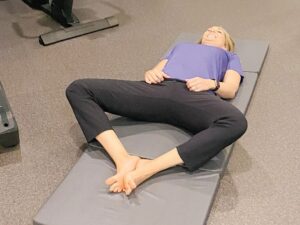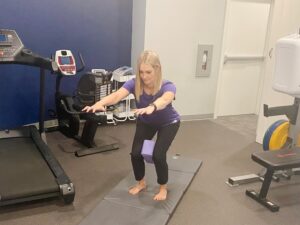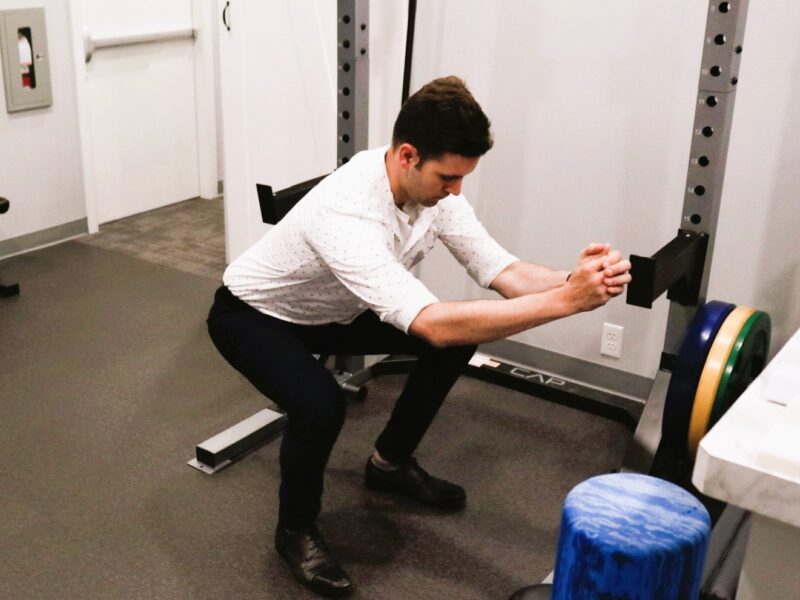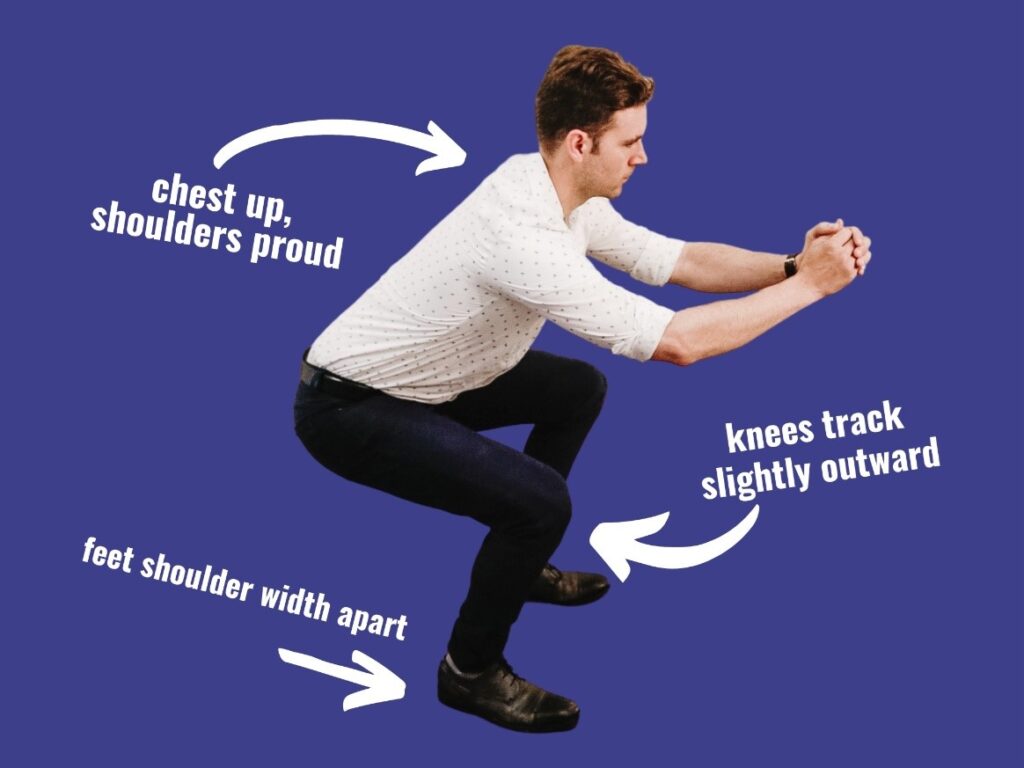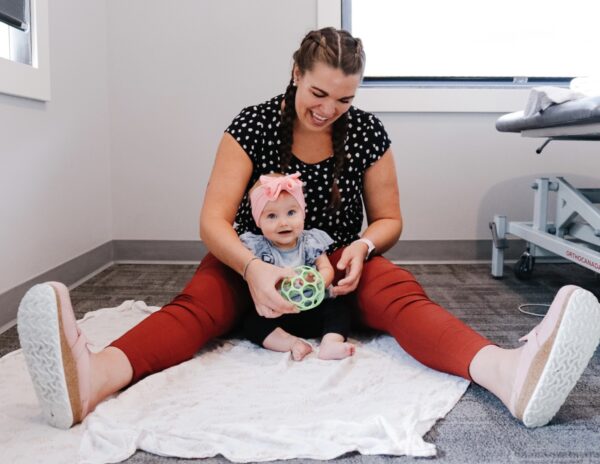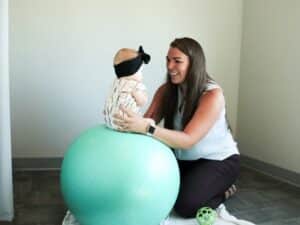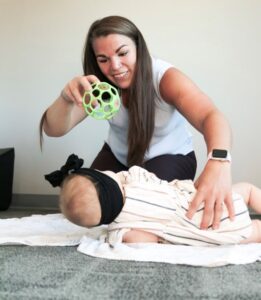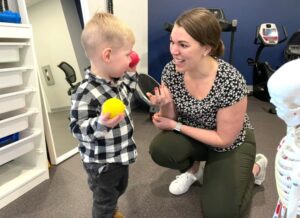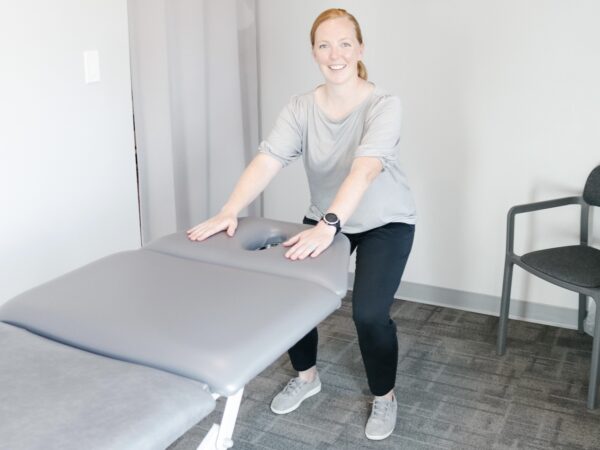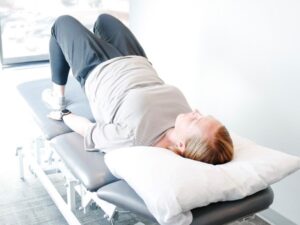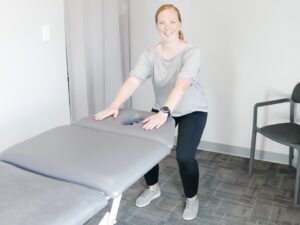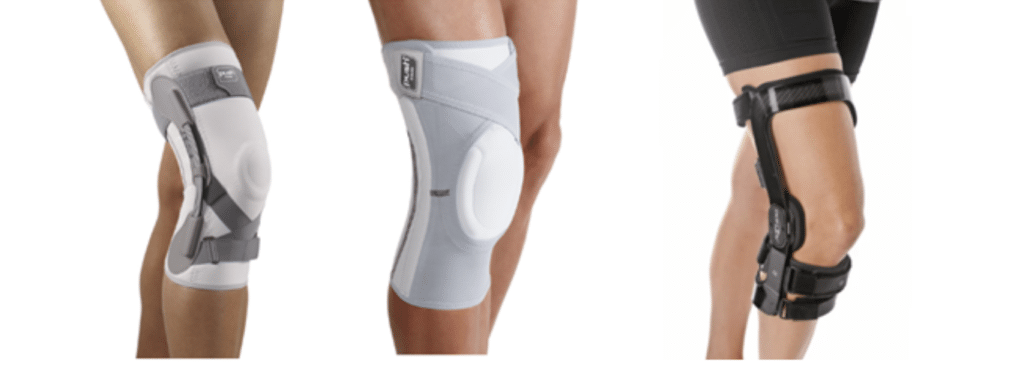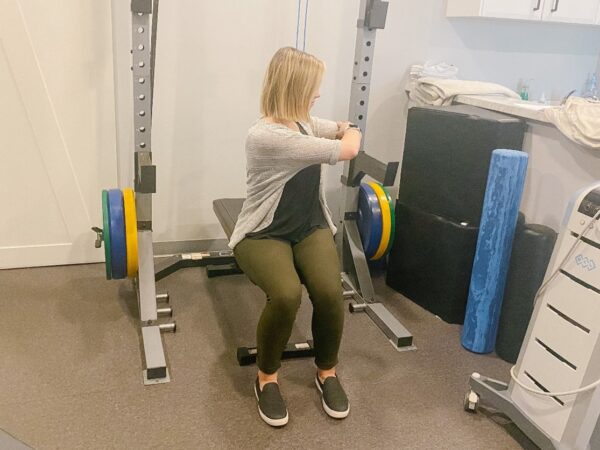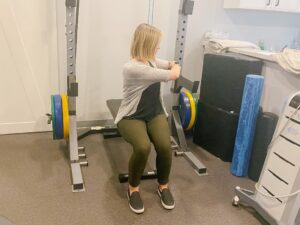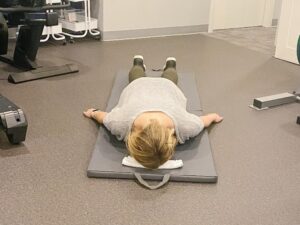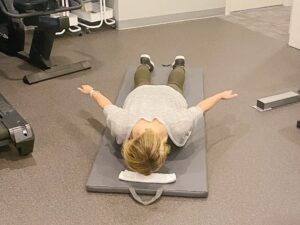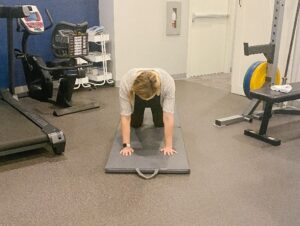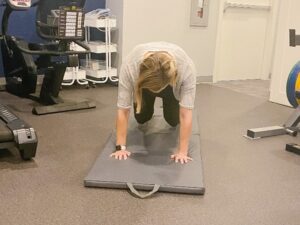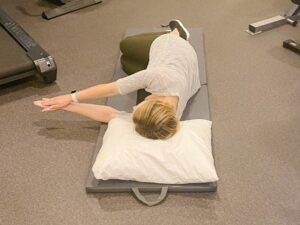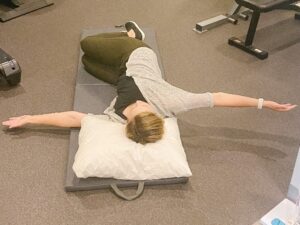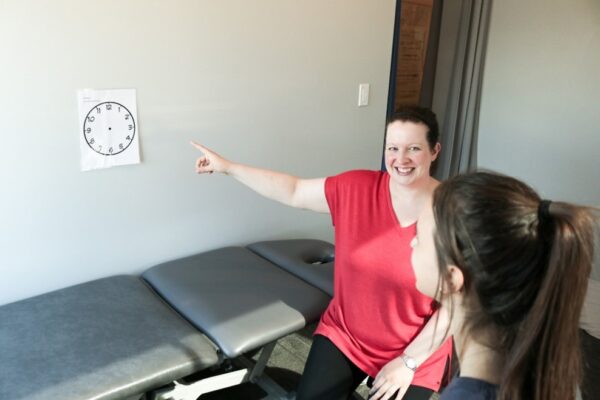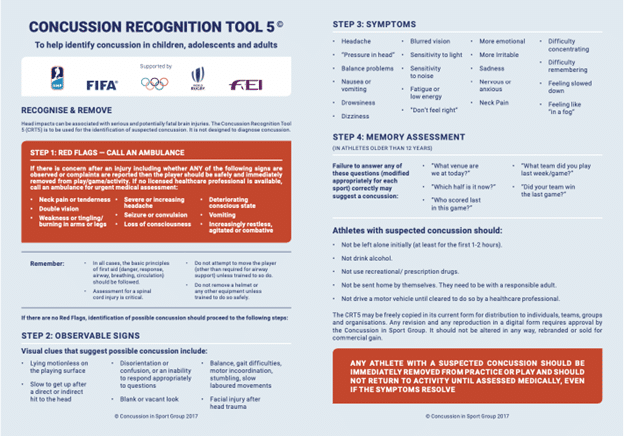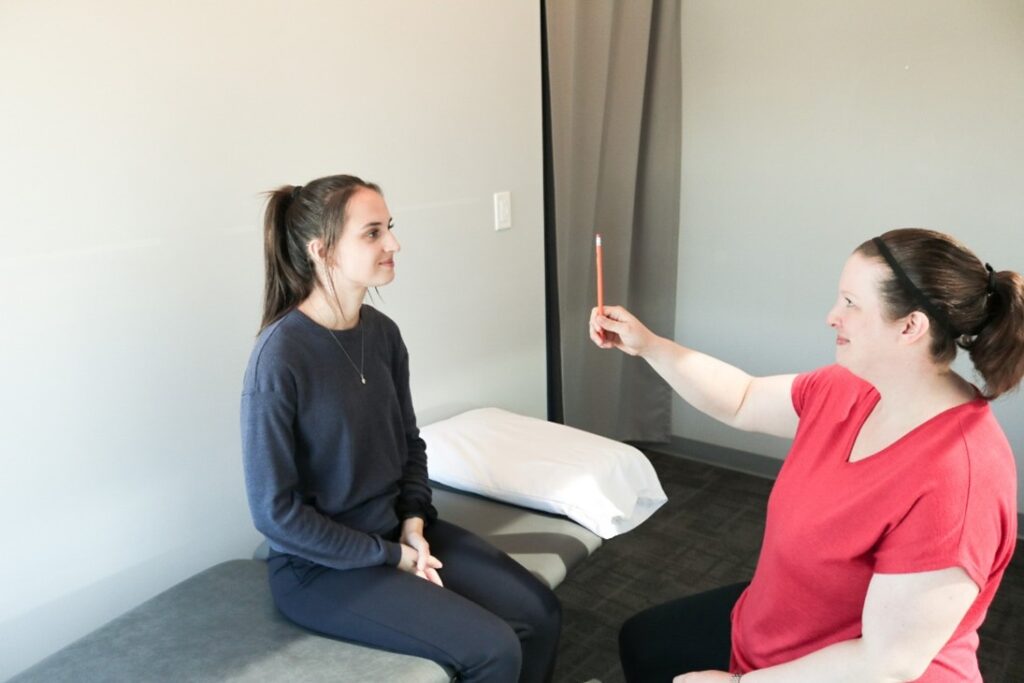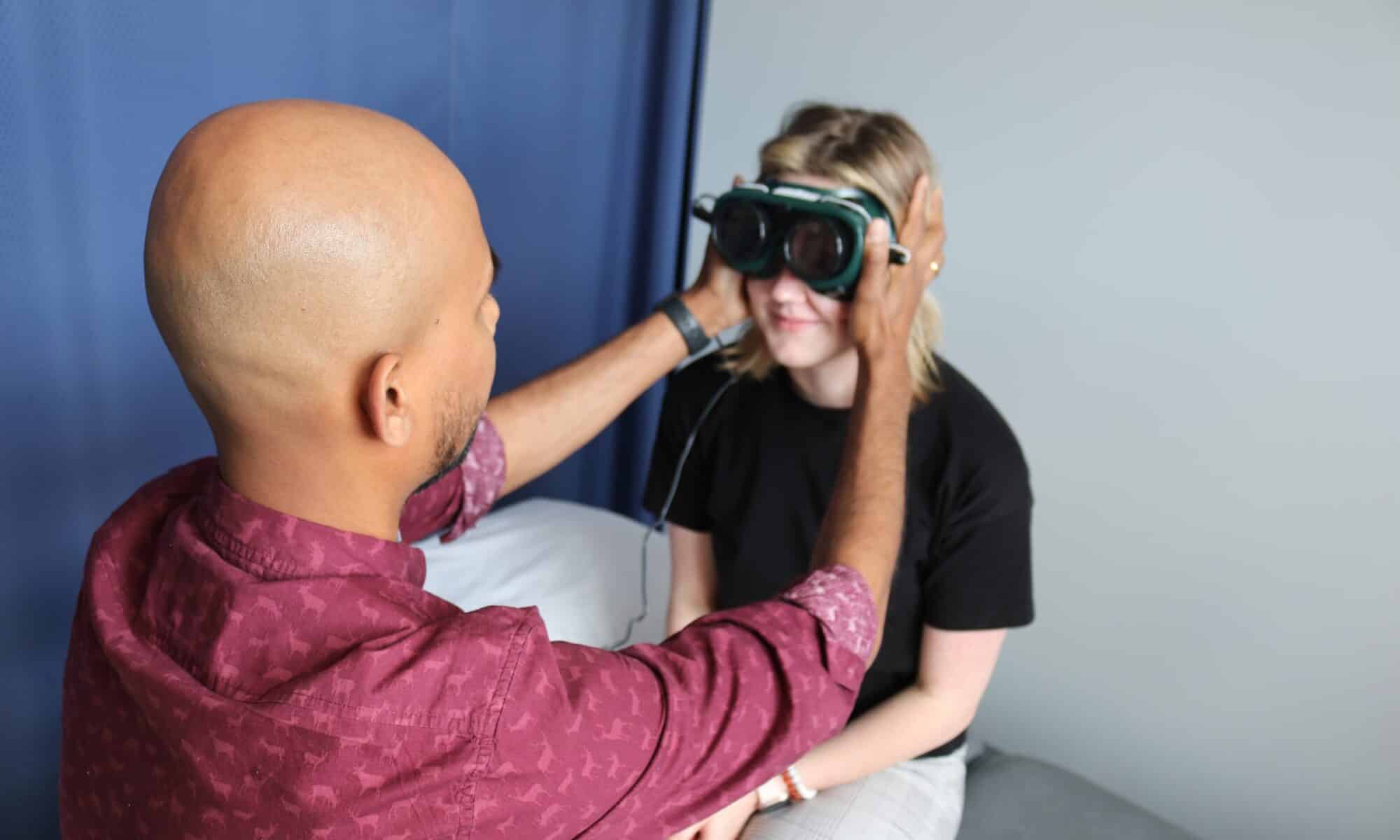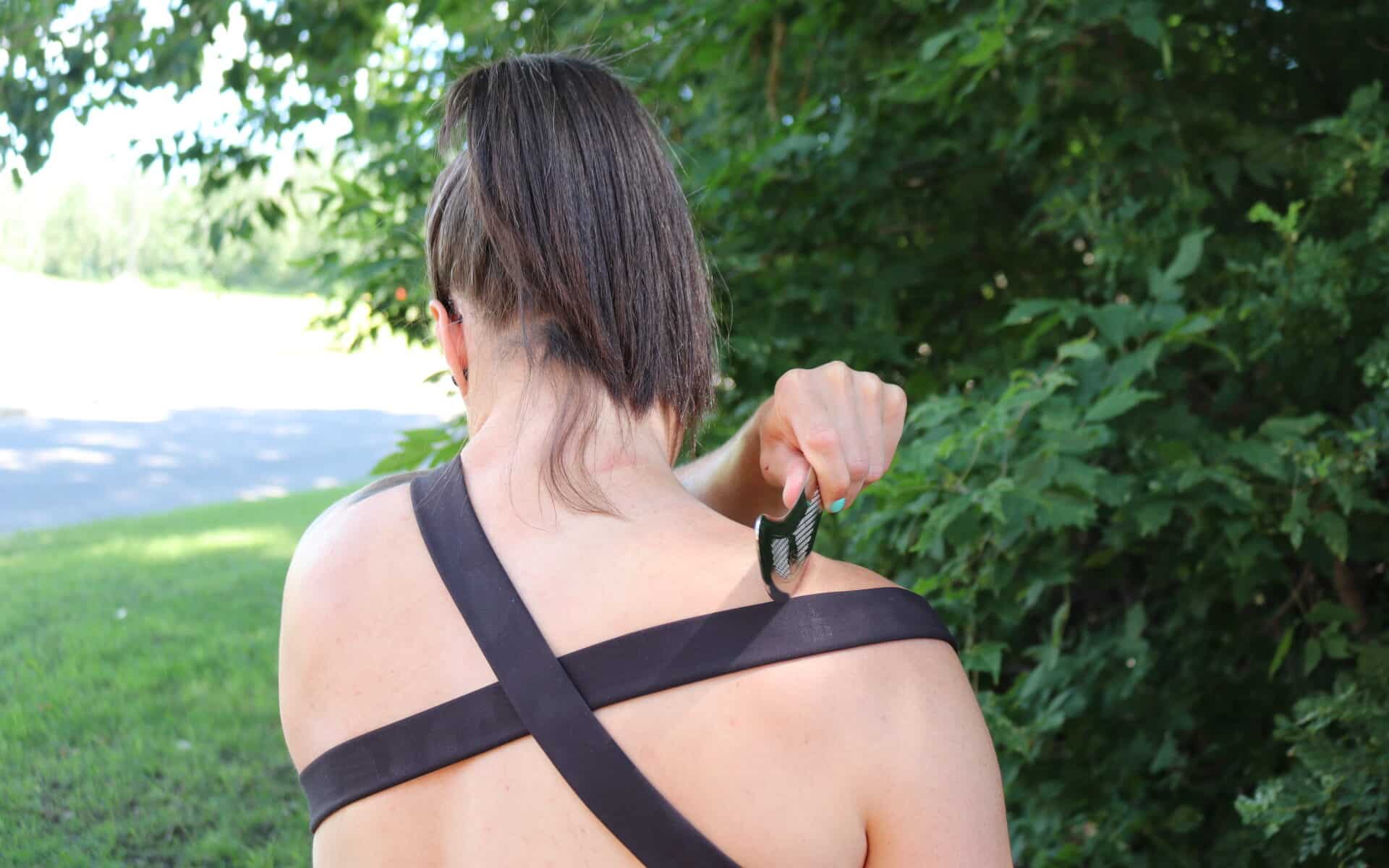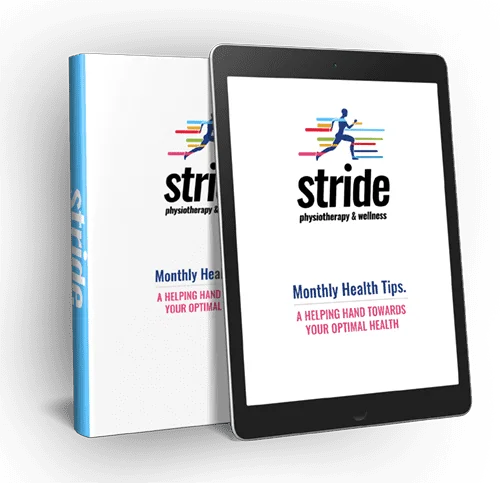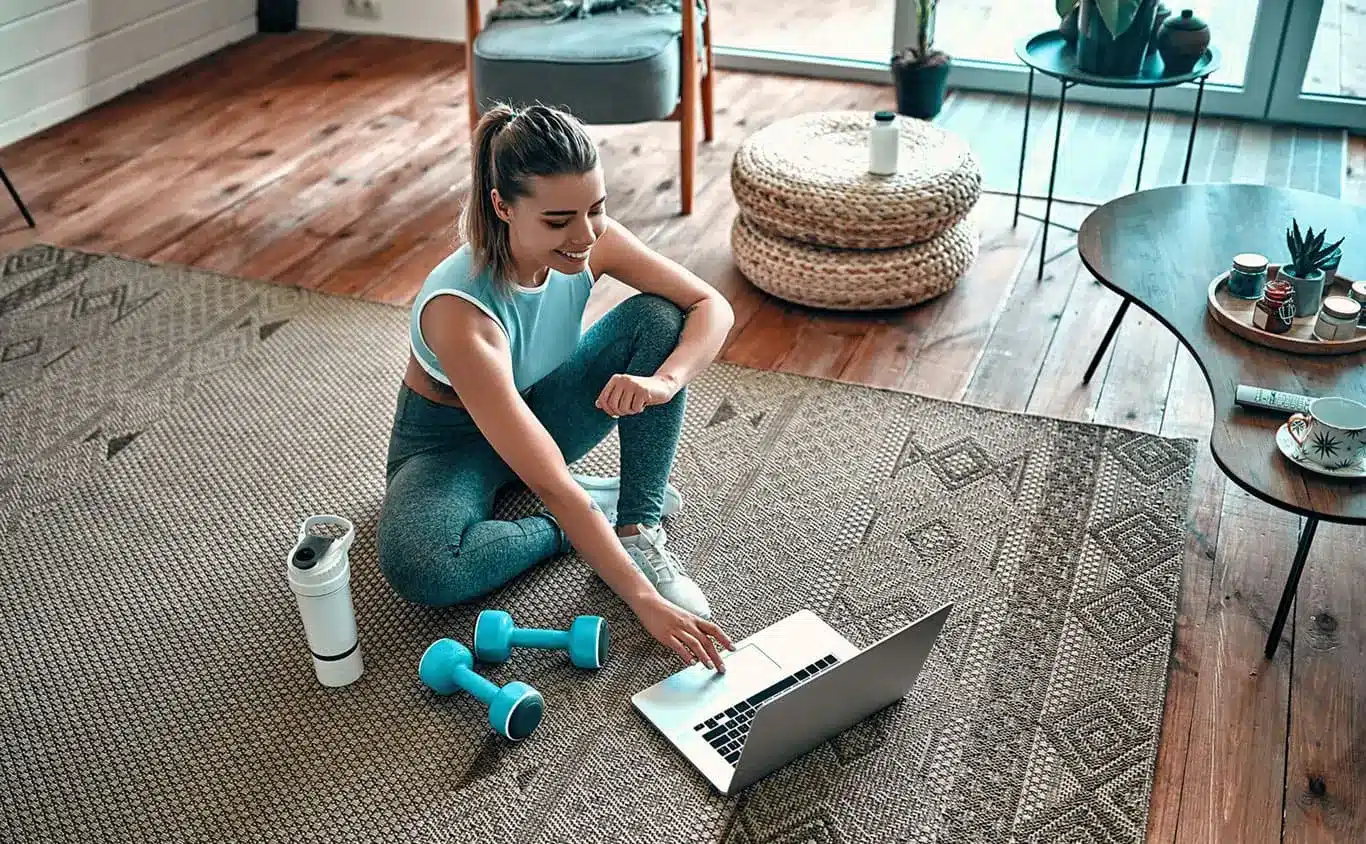The Spring Loaded Knee Brace (OA Brace)
Now at Stride Physiotherapy in Red Deer
Stride Physiotherapy is excited to announce we now have the Spring Loaded Knee Brace! This osteoarthritis (OA) knee brace has changed the way we manage knee injuries and mobility issues. It can really help you if you are suffering from osteoarthritis pain or pain on the front of your knee. We also love this brace due to its ability to support athletes and workers who stand on their feet all day.
This Knee Brace Stands Out
The Spring Loaded OA Knee Brace is currently the only brace on the market of its kind. This is due to its use of spring technology, rather than straps, to provide users support. The OA brace can address arthritis, meniscus injuries, ligament pain, and more. Today we’re sharing all about this brace! Keep reading to learn about its features and benefits, and what makes this brace stand out. Check it out!
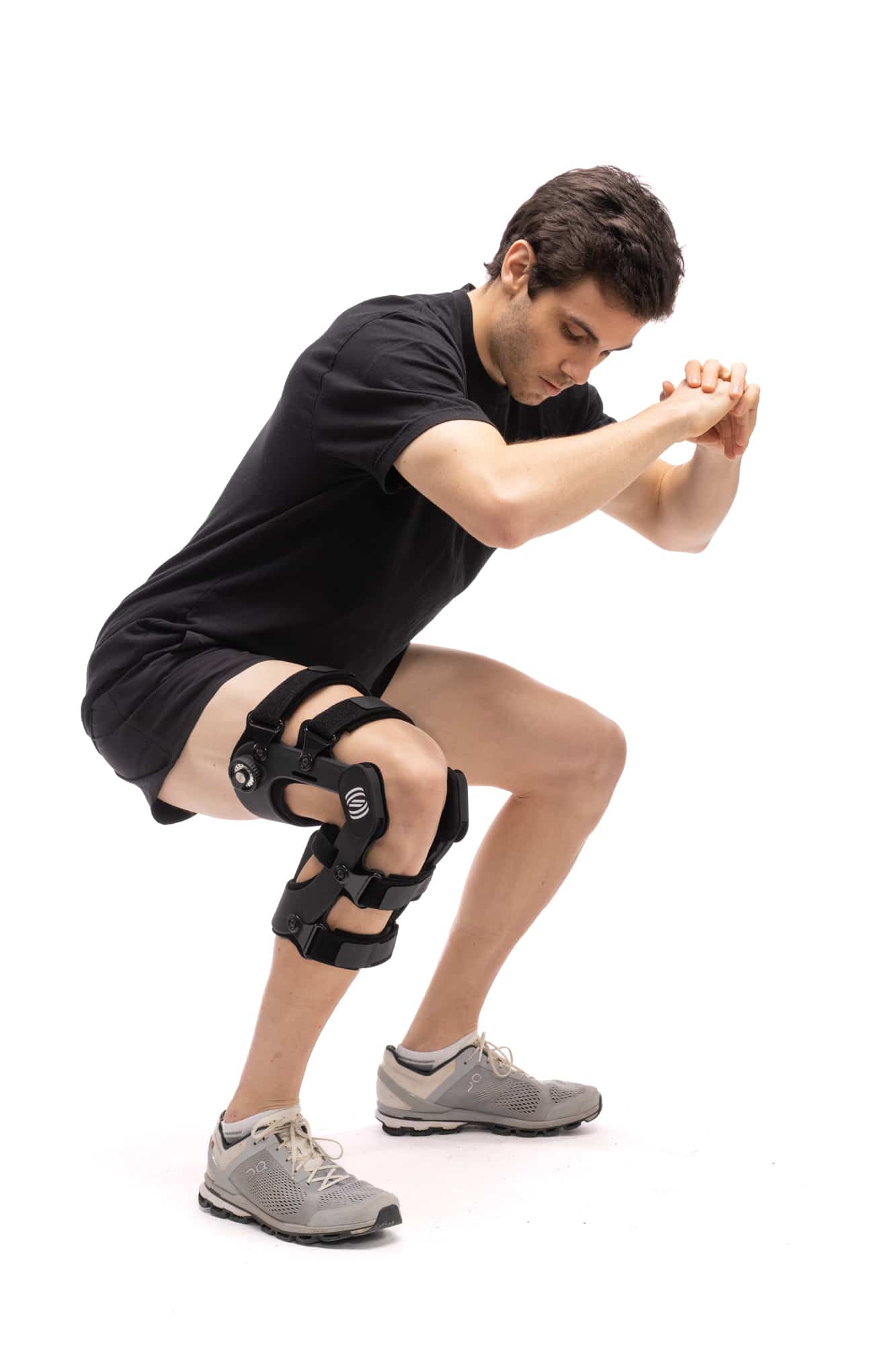
The Spring Loaded Knee Brace: An Overview
The Spring Loaded Knee Brace, developed by Spring Loaded Technology, is the result of medical science and engineering. This unique OA knee brace is designed to improve your mobility, reduce your pain, and provide support. In essence, it’s a remarkable device made to assist anyone with varying knee conditions. Given that it uses spring technology, it offers excellent support to the knee joint, thus making it a cut above the rest.
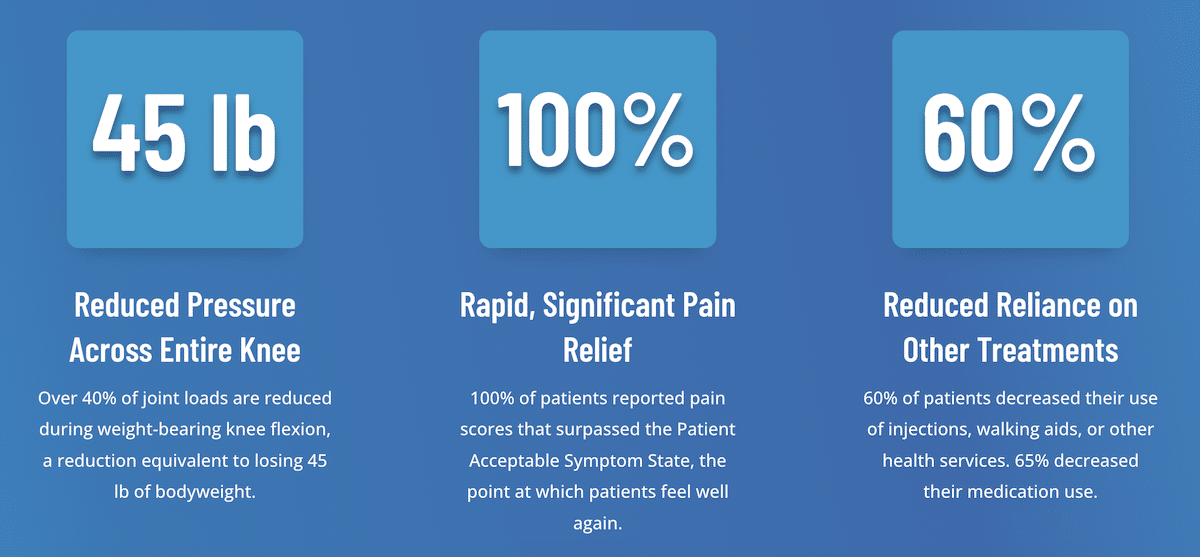
Key Features of the Spring Loaded Knee Brace (OA Brace)
Bionic Spring Technology
This brace intelligently adjusts to your movements, and supports your natural movement as a result. This dynamic interaction between the brace and your knee can yield a more comfortable and functional experience.
Customizable Support
This supportive tool is not a one-size-fits-all solution. It can be adjusted to accommodate various activity levels and knee conditions. As a result, it is versatile and adaptable for a wide range of users.
Enhanced Mobility
Although traditional knee braces are popular, they are rigid and not always effective. In contrast, this brace uses spring technology to help you flex and extend your knee. Consequently, you can enjoy a seamless transition between walking, running, and bending.
Pain Reduction
This brace evenly distributes pressure across the knee joint, which allows users to experience less pain. According to this study, 60% of wearers decreased their use of injections, walking aids, or other health services.
Innovative Design
Due to a sleek and smart design, your brace can be worn discreetly under your clothes. Lightweight construction prevents added bulkiness, but does not lower its therapeutic benefits.
Benefits of the Spring Loaded Knee Brace (OA Brace)
Supports Recovery
For those recovering from knee injuries or surgeries, this brace is a game changer. In particular, its dynamic support helps your natural movement so you can regain your mobility and strength safely.
Active Lifestyle
Unfortunately, knee pain or injuries often stop people from participating in the activities they love. Following the use of this brace, you can enjoy a more active lifestyle without as much pain holding you back like it used to.
Chronic Condition Management
Of course, if you have a chronic knee condition like osteoarthritis, you can manage it easier with the brace. Its customizable support coupled with pain-reducing properties contribute to an improved quality of life.
Preventive Care
Furthermore, this brace helps prevent injuries for many people! Athletes, fitness enthusiasts, and individuals in physically demanding professions can benefit from the added support!
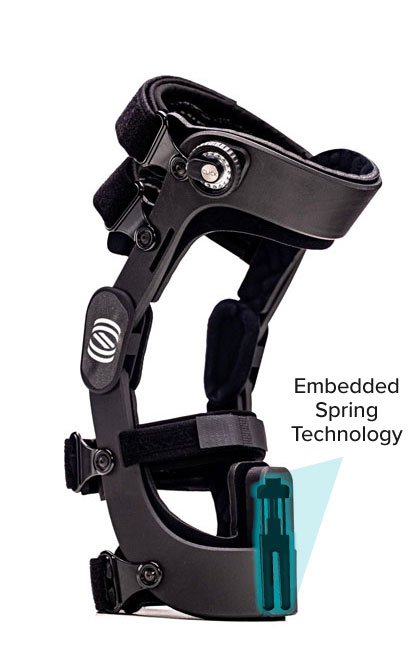
Find Your Brace
To sum it up, this brace is a game-changer for a wide range of users. If flexible comfort and mobility is what you need, then this brace is for you!
Whether you need support for recovery, active living, or preventive care, call Stride Physiotherapy today at 403-343-8891 to see if this device is right for you!

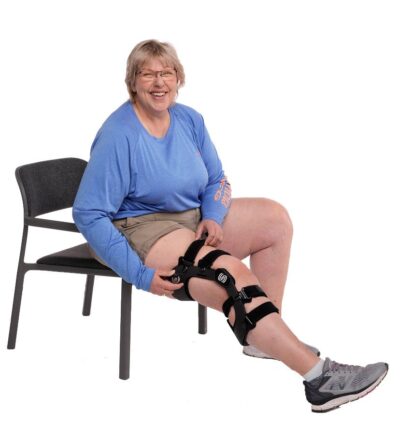
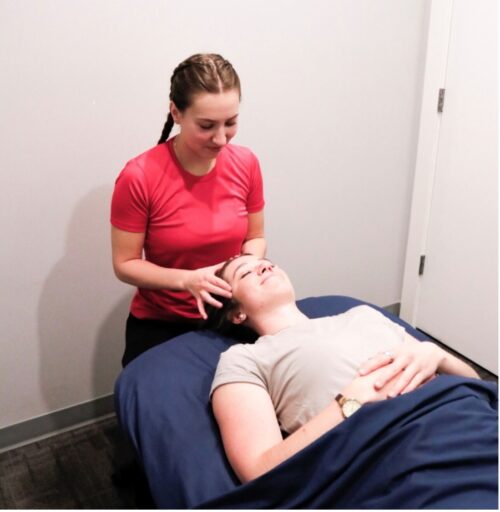
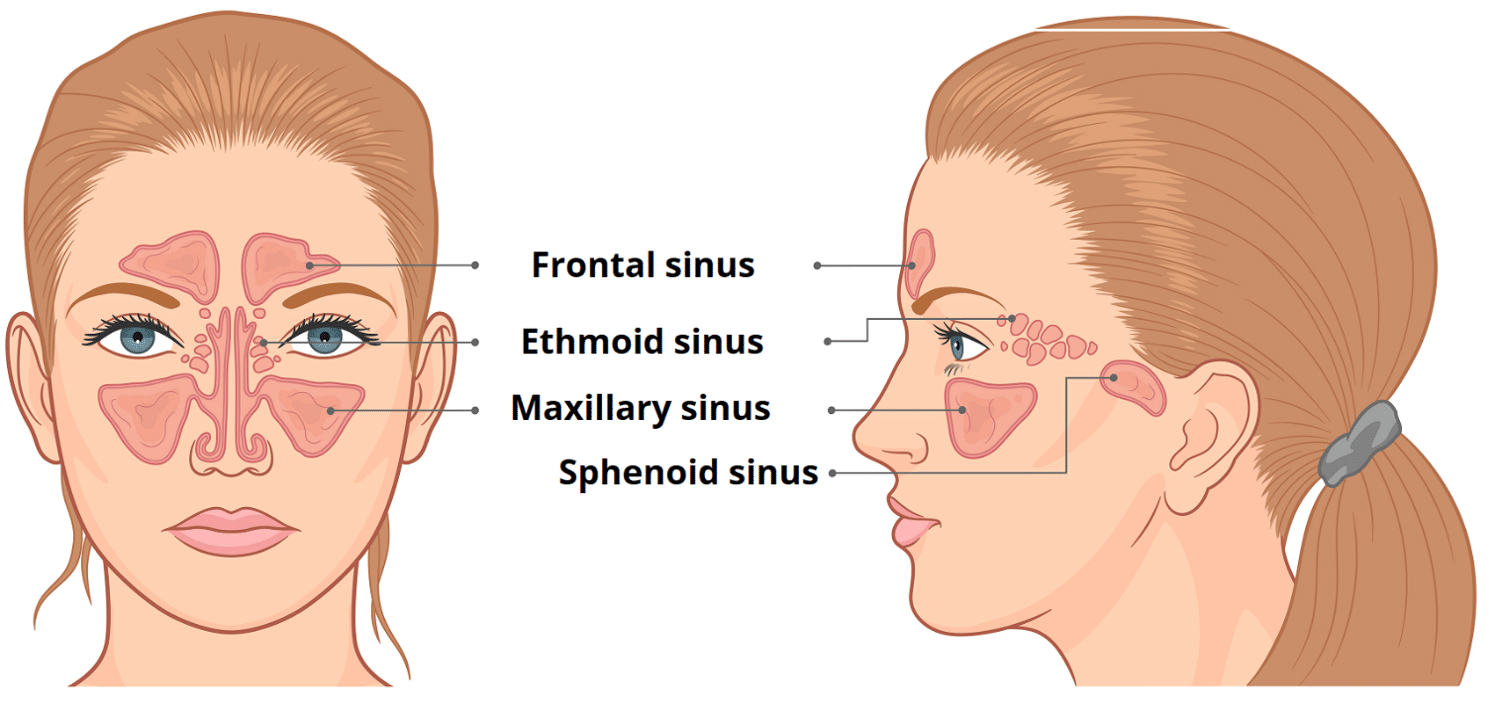
![[frontal sinus massage start position]](https://www.stridephysiotherapy.ca/wd/wp-content/uploads/2023/03/Sinus-Massage-1-300x225.jpg)
![[frontal sinus massage end position]](https://www.stridephysiotherapy.ca/wd/wp-content/uploads/2023/03/Sinus-Massage-2-1-300x255.jpg)
![[ethnoid sinus headache massage]](https://www.stridephysiotherapy.ca/wd/wp-content/uploads/2023/03/massage-2-start-277x300.jpg)
![[ethnoid sinus headache massage end position]](https://www.stridephysiotherapy.ca/wd/wp-content/uploads/2023/03/massage-2-end-300x224.jpg)
